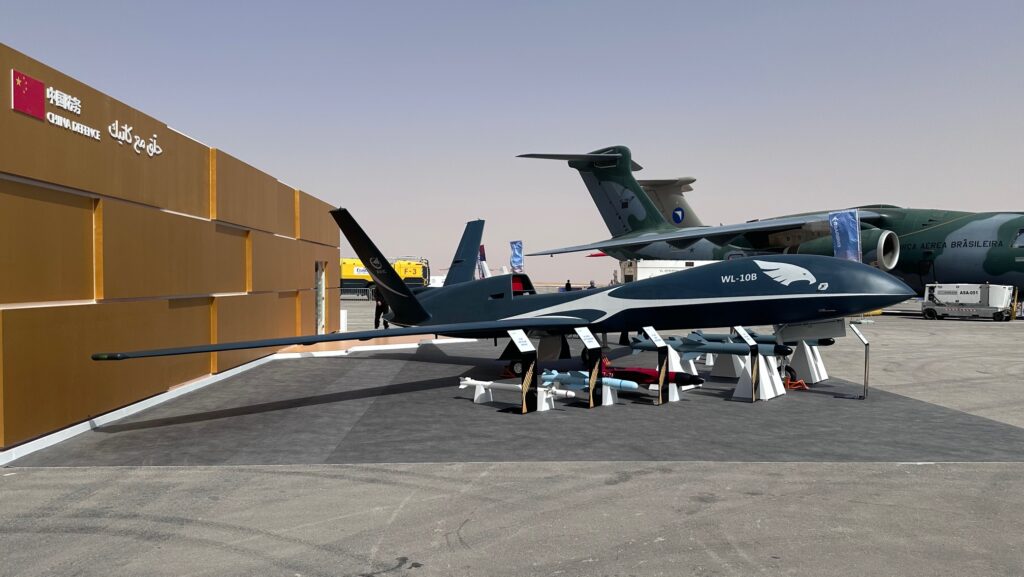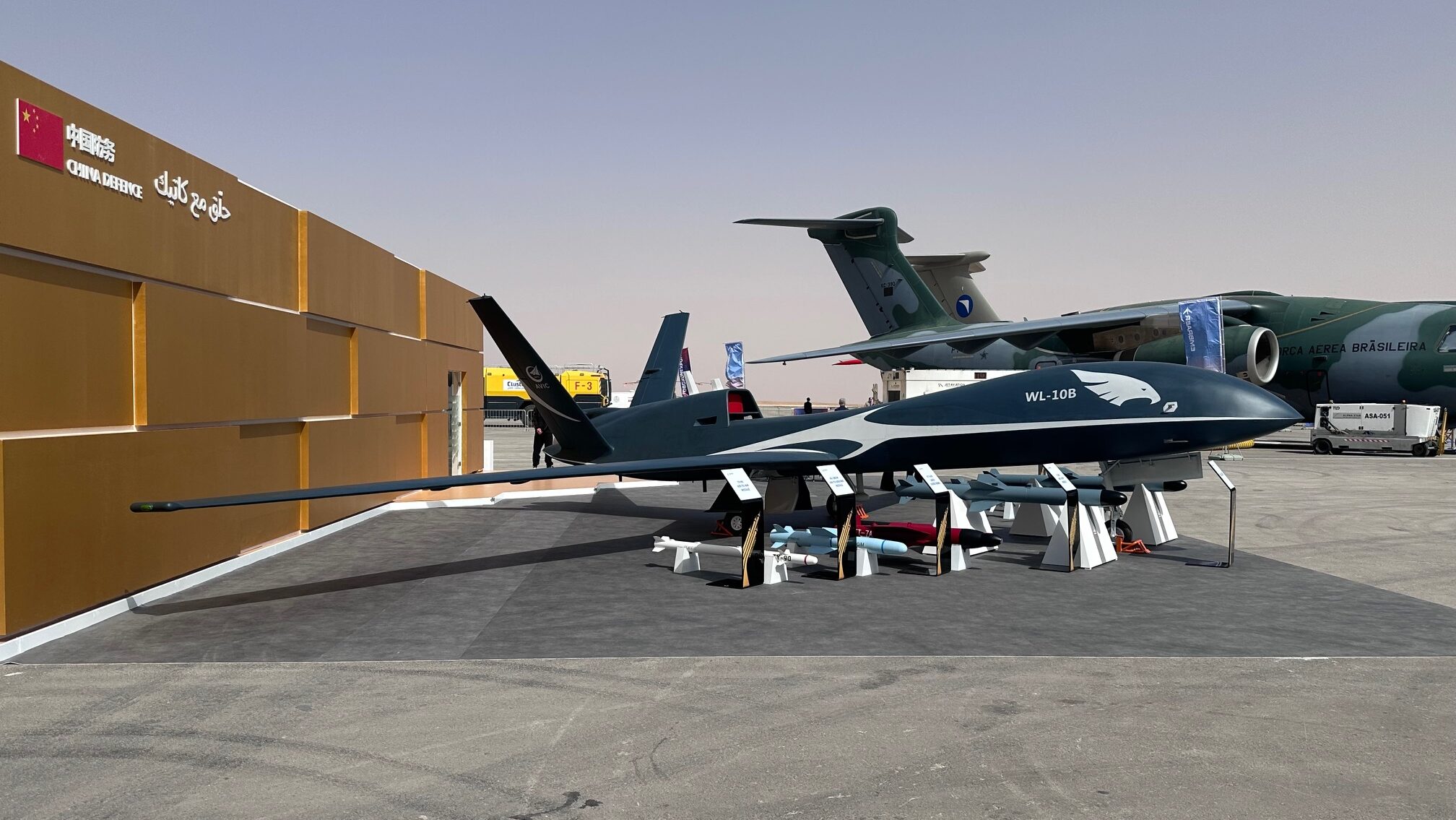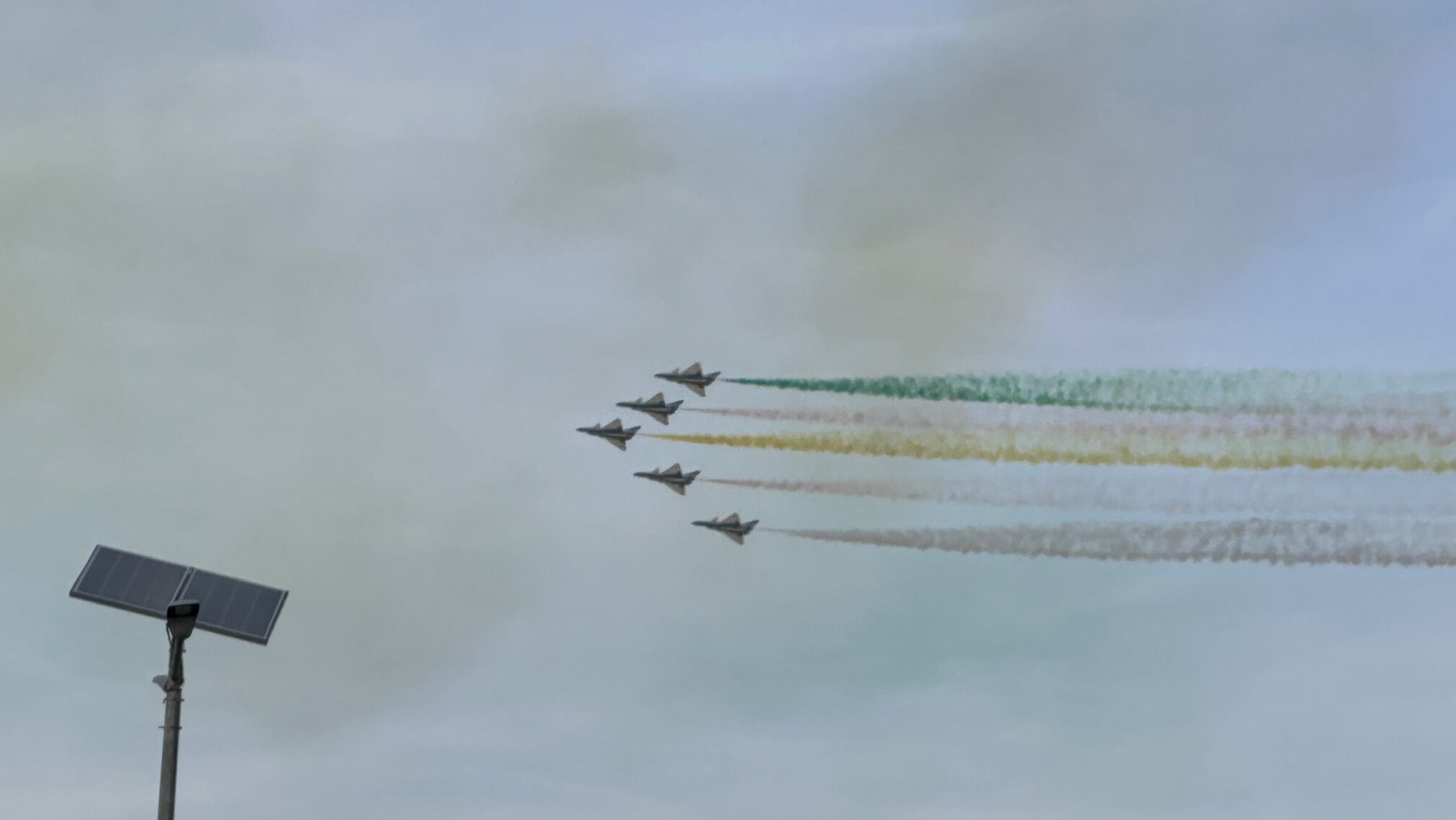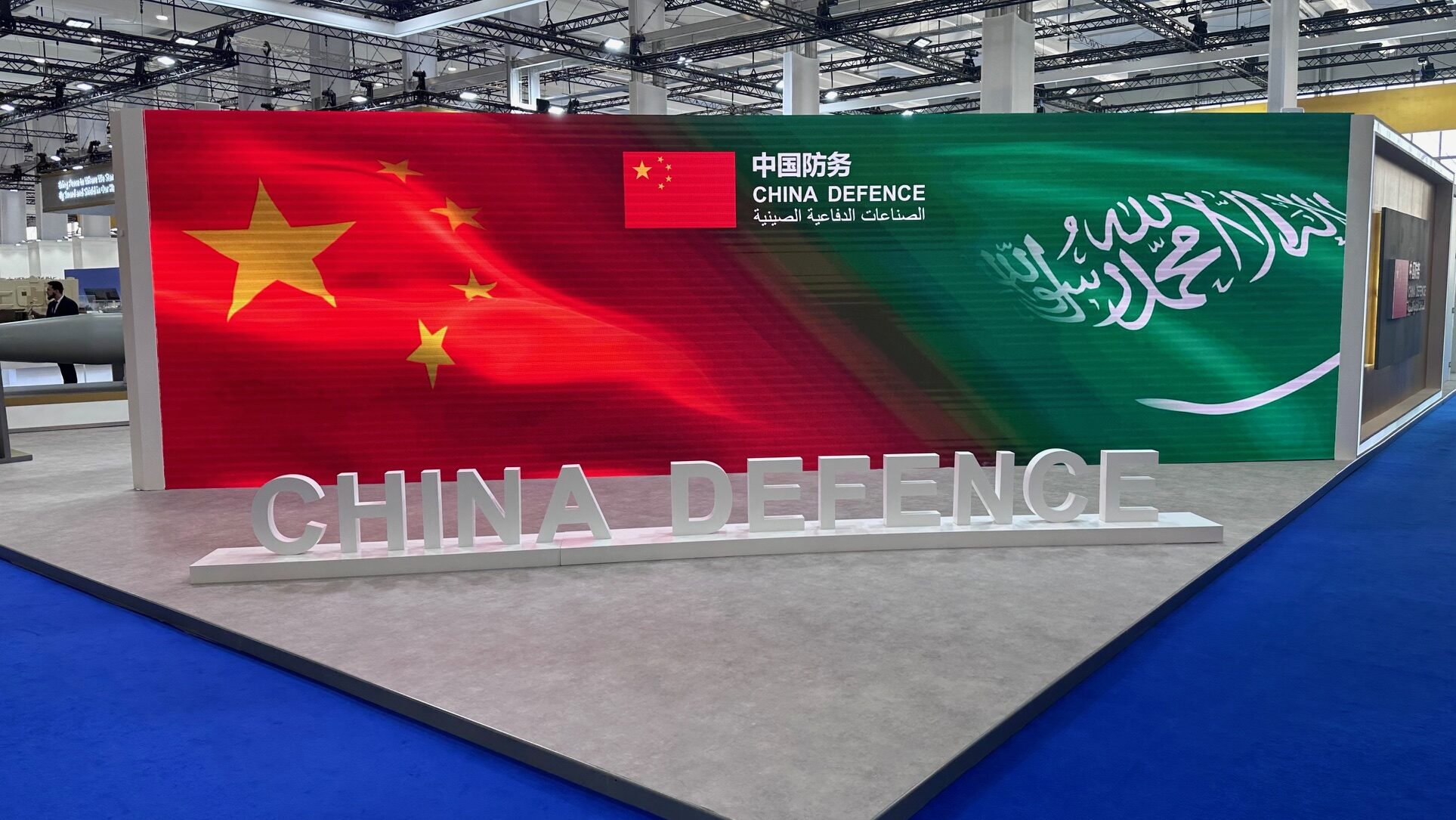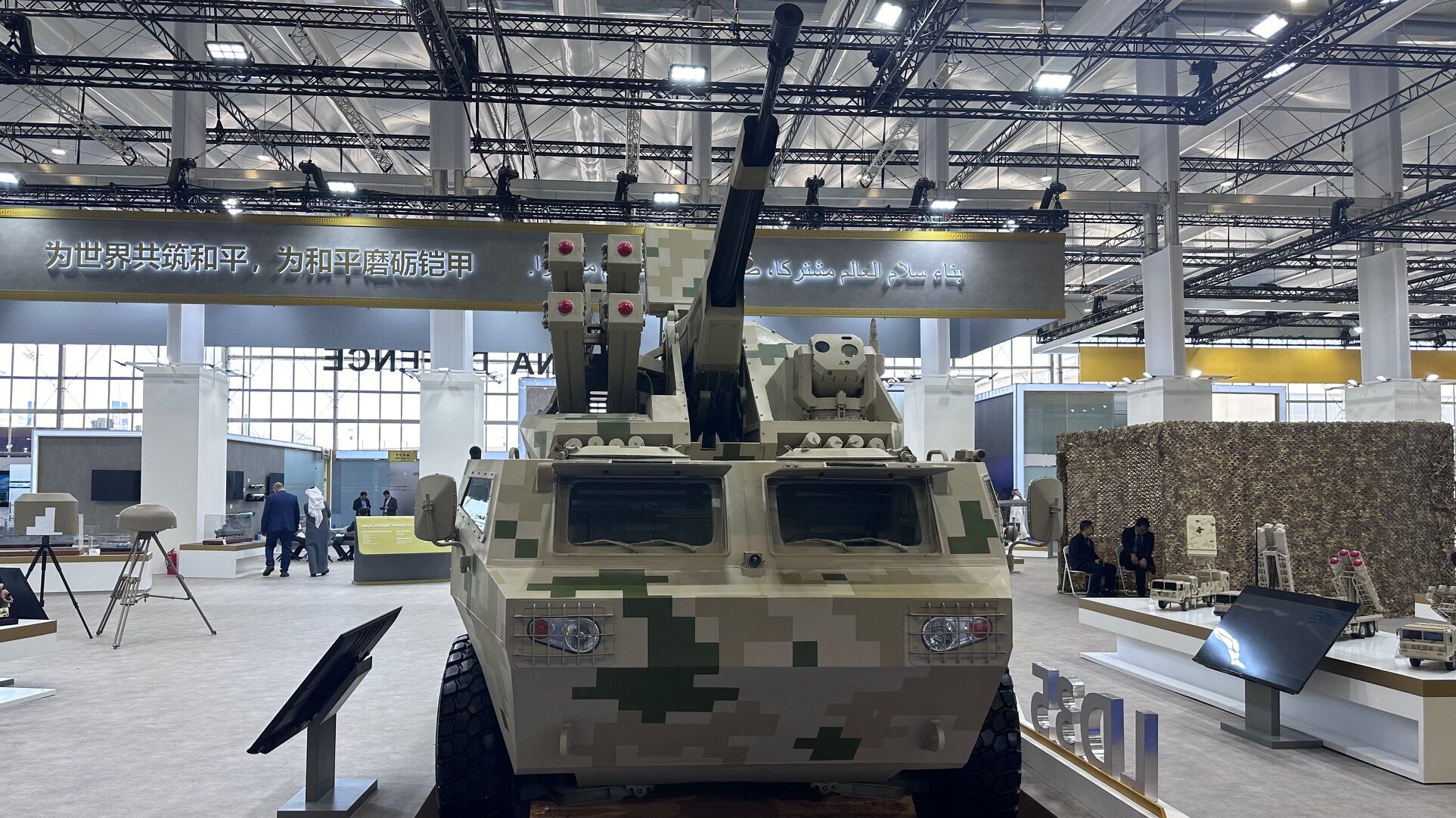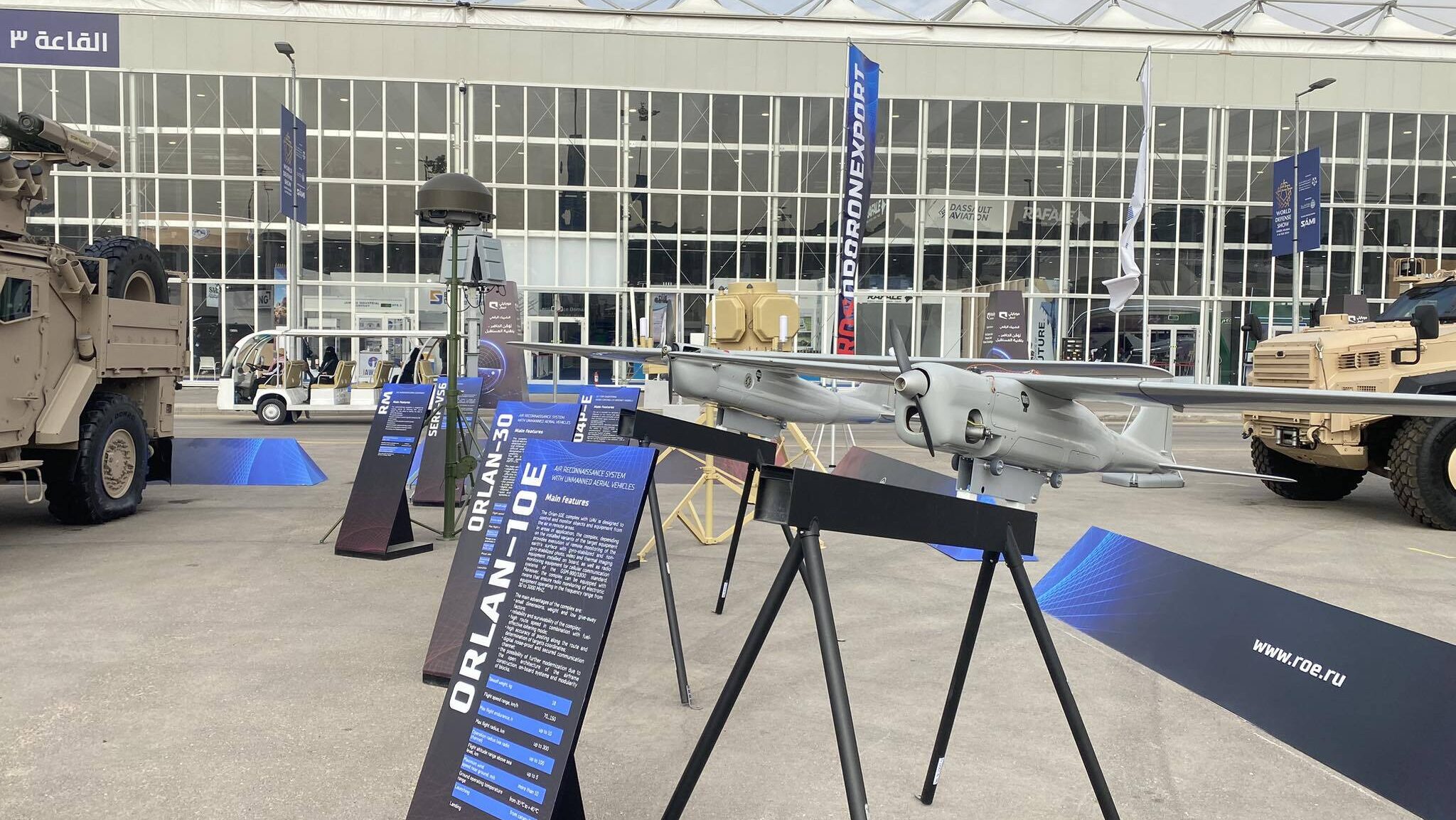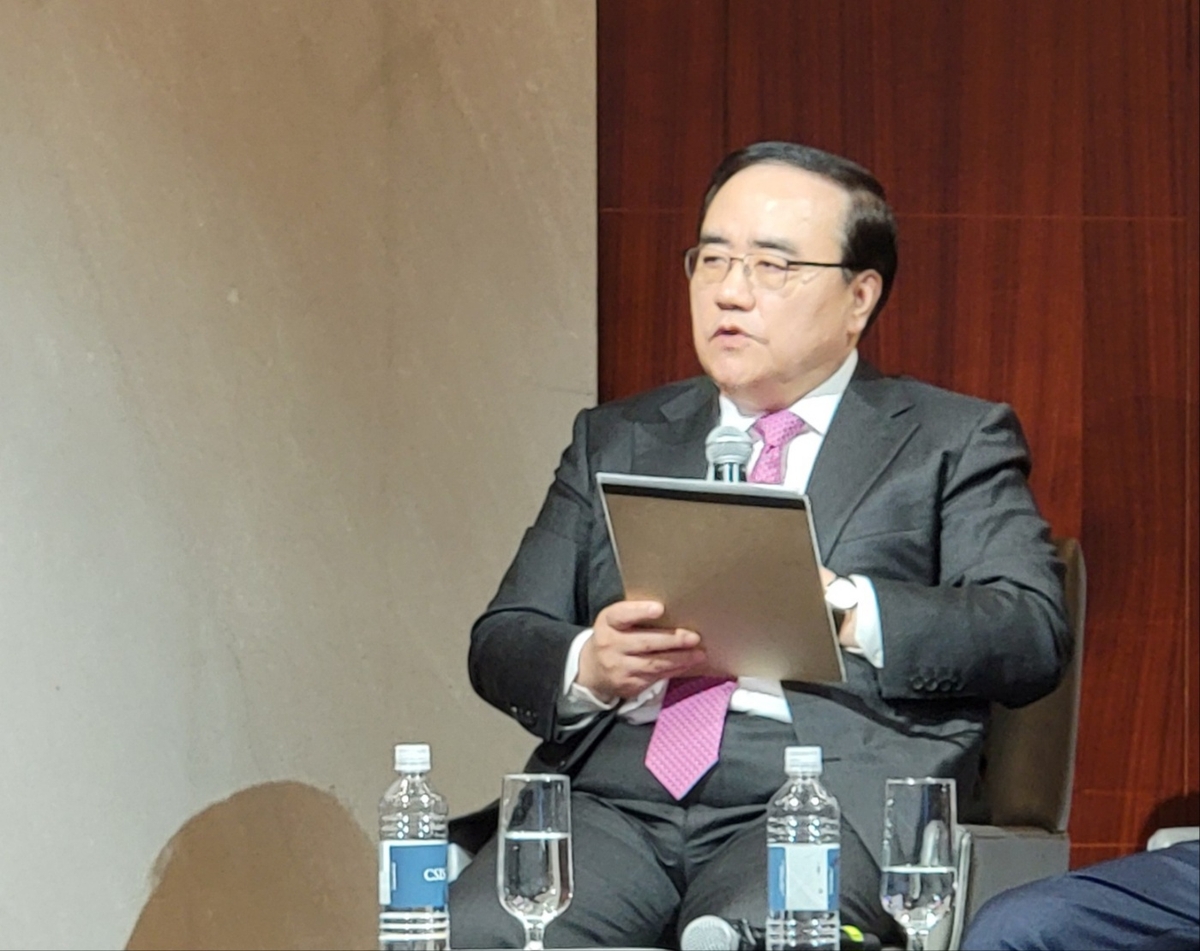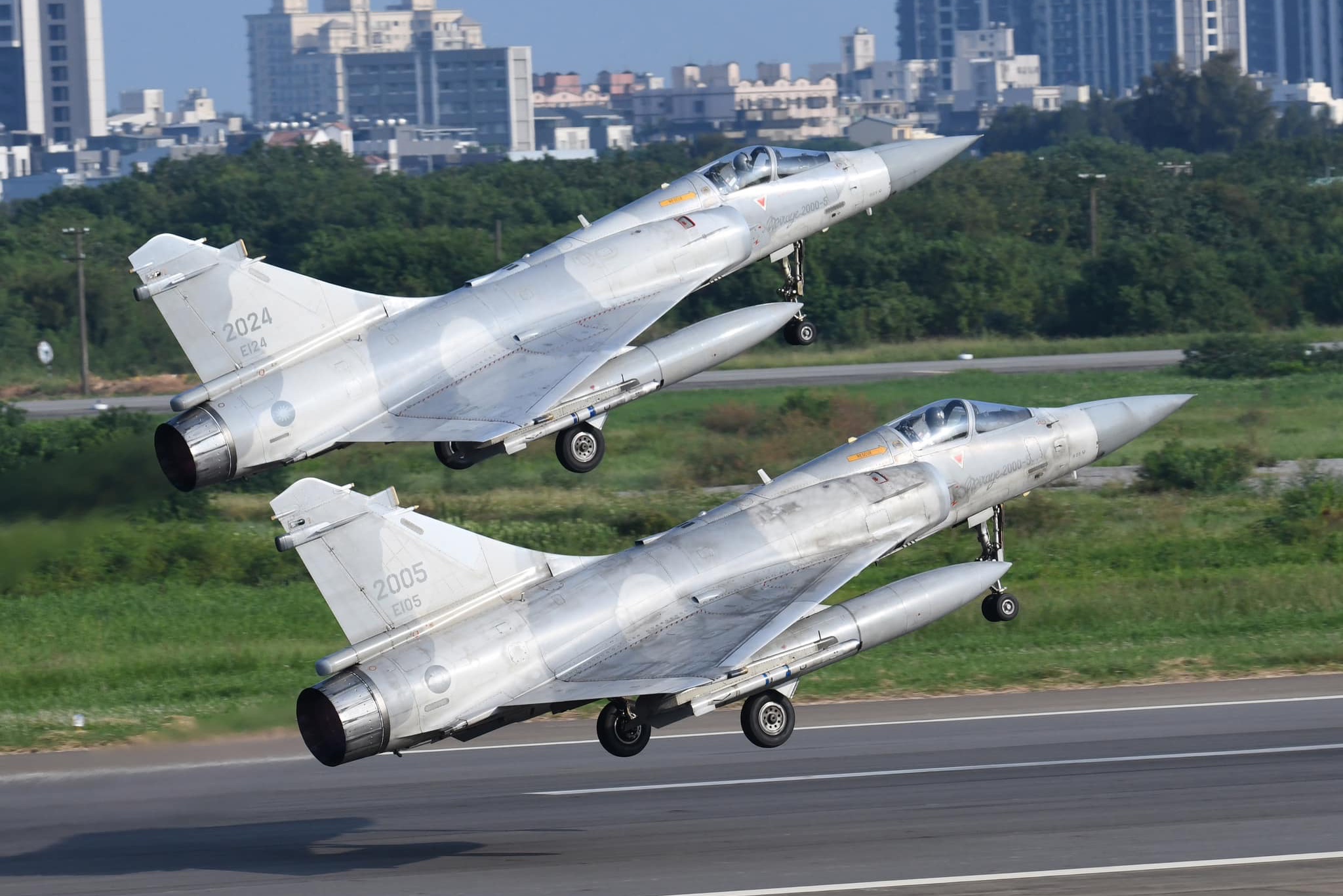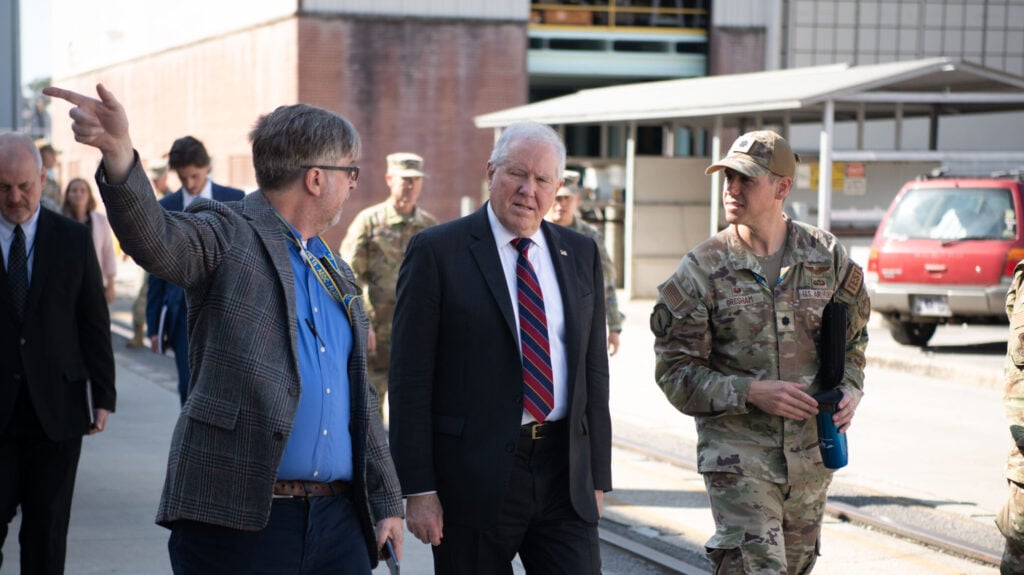(331) 01-20-2024-to-01-26-2024__****THE****WINDS****of****WAR****
(332) 01-27-2024-to-02-02-2024__****THE****WINDS****of****WAR****
(333) 02-03-2024-to-02-09-2024__****THE****WINDS****of****WAR****
-------------------------------------------------------------------------------------
Hummm......
Posted for fair use......

The Dangerous Global Order with a Nuclear Armed Iran
America's actions now – or else its inaction – will determine the ability of global powers to mold an international order that either upholds democratic values or succumbs to the dominance of terror groups and dictatorships. Inaction or a failure to
The Dangerous Global Order with a Nuclear Armed Iran
by Majid RafizadehFebruary 10, 2024 at 5:00 am
- America's actions now – or else its inaction – will determine the ability of global powers to mold an international order that either upholds democratic values or succumbs to the dominance of terror groups and dictatorships.
- Inaction or a failure to adopt a resolute stance against the ascent of Iran as a state sponsor of terrorism armed with nuclear capabilities, can only pave the way for a world where autocratic regimes and extremist factions dictate the course of international affairs.
The consequences of Iran possessing nuclear weapons should not be downplayed or overlooked. The Iranian regime has repeatedly threatened to annihilate Israel, and views that goal a central pillar of its ideology. This commitment is rooted in religious prophecies from the regime's founder, Ayatollah Ruhollah Khomeini, and current Supreme Leader Ayatollah Ali Khamenei, foreseeing the eventual eradication of Israel.
General Hossein Salami, chief of the Islamic Revolutionary Guard Corps (IRGC), has explicitly outlined the regime's aggressive stance, stating on Iran's state-controlled Channel 2 TV in 2019, "Our strategy is to erase Israel from the global political map." Khamenei's 416-page guidebook, Palestine, further emphasizes the regime's dedication to Israel's destruction.
The Iranian regime is also committed to exporting its Islamist system globally. Embedded in its constitution is the prioritization of revolutionary ideals, aiming at propagating its governance system in line with its version of Shiite Islam. This mission, outlined in the preamble, seeks to create conditions that align with the values of Islam, and that foster the revolution at home and abroad. Since 1979, the regime has expanded its influence across the Middle East. The regime has deployed the IRGC and its expeditionary Quds Force to influence regions from Yemen to Lebanon, Syria, and the Gaza Strip through proxy groups such as the Houthi militia, Hezbollah, Hamas, and the Popular Mobilization Forces (PMF) in Iraq.
Expanding on the multifaceted concerns surrounding Iran's pursuit of nuclear capabilities, a critical dimension lies in the unsettling prospect of nuclear weapons falling into the hands of the regime's extensive network of proxies. This network includes the above-mentioned groups as well as the Syrian regime, Iran's allies in South America, and the Taliban in Afghanistan.
The intricate web of alliances and shared interests creates a scenario where the Iranian regime could extend its influence by providing such capabilities to like-minded allies and proxy groups. Iran's establishment of weapons factories abroad and its production of advanced ballistic missiles, including precision-guided ones, underscores the urgency of the situation.
This adds a layer of complexity to the global security landscape, raising the stakes and emphasizing the immediate need for a comprehensive strategy to address not only the imminent nuclear threat from Iran but also the broader implications of potential proliferation among its network of proxies and allies.
To address these concerns, two critical policy considerations emerge. First, the consideration of a military option looms large on the strategic horizon. This involves a meticulous examination of targeting Iran's nuclear infrastructure, thereby disrupting its capacity to advance its nuclear program. A decisive and preemptive strike is necessary to thwart the imminent danger posed by a nuclear-armed Iran.
Second, a fundamental reevaluation of the West's diplomatic and economic engagements with Iran emerges as a crucial policy imperative. The prevailing practice of rewarding the regime with substantial financial incentives, amounting to billions of dollars, and engaging in trade relationships contributes to the funding of Iran's nuclear ambitions. Consequently, a recalibration of Western policies is needed, with a focus on imposing strategic economic sanctions and halting diplomatic relationships that are fueling the regime's nuclear aspirations.
Drawing historical parallels: If Hitler had acquired nuclear weapons, would he have hesitated to use them?
So far, Iran is "pushing Biden around," as news analyst Aaron Cohen said. The more Biden lets it, the more pushed around Biden will get.
It remains to be seen if the Biden administration will undergo a strategic recalibration and take decisive action, or persist in crafting a legacy that supports the Iranian regime, a top state sponsor of terrorism, to advance its nuclear weapon program to completion, and allows the ruling clerics and their allies, terror groups, and proxies, to acquire nuclear weapons.
The ramifications extend far beyond the immediate geopolitical landscape. America's actions now – or else its inaction – will determine the ability of global powers to mold an international order that either upholds democratic values or succumbs to the dominance of terror groups and dictatorships. Inaction or a failure to adopt a resolute stance against the ascent of Iran as a state sponsor of terrorism armed with nuclear capabilities, can only pave the way for a world where autocratic regimes and extremist factions dictate the course of international affairs.
Dr. Majid Rafizadeh is a business strategist and advisor, Harvard-educated scholar, political scientist, board member of Harvard International Review, and president of the International American Council on the Middle East. He has authored several books on Islam and US Foreign Policy. He can be reached at Dr.Rafizadeh@Post.Harvard.Edu
- Follow Majid Rafizadeh on X (formerly Twitter)


